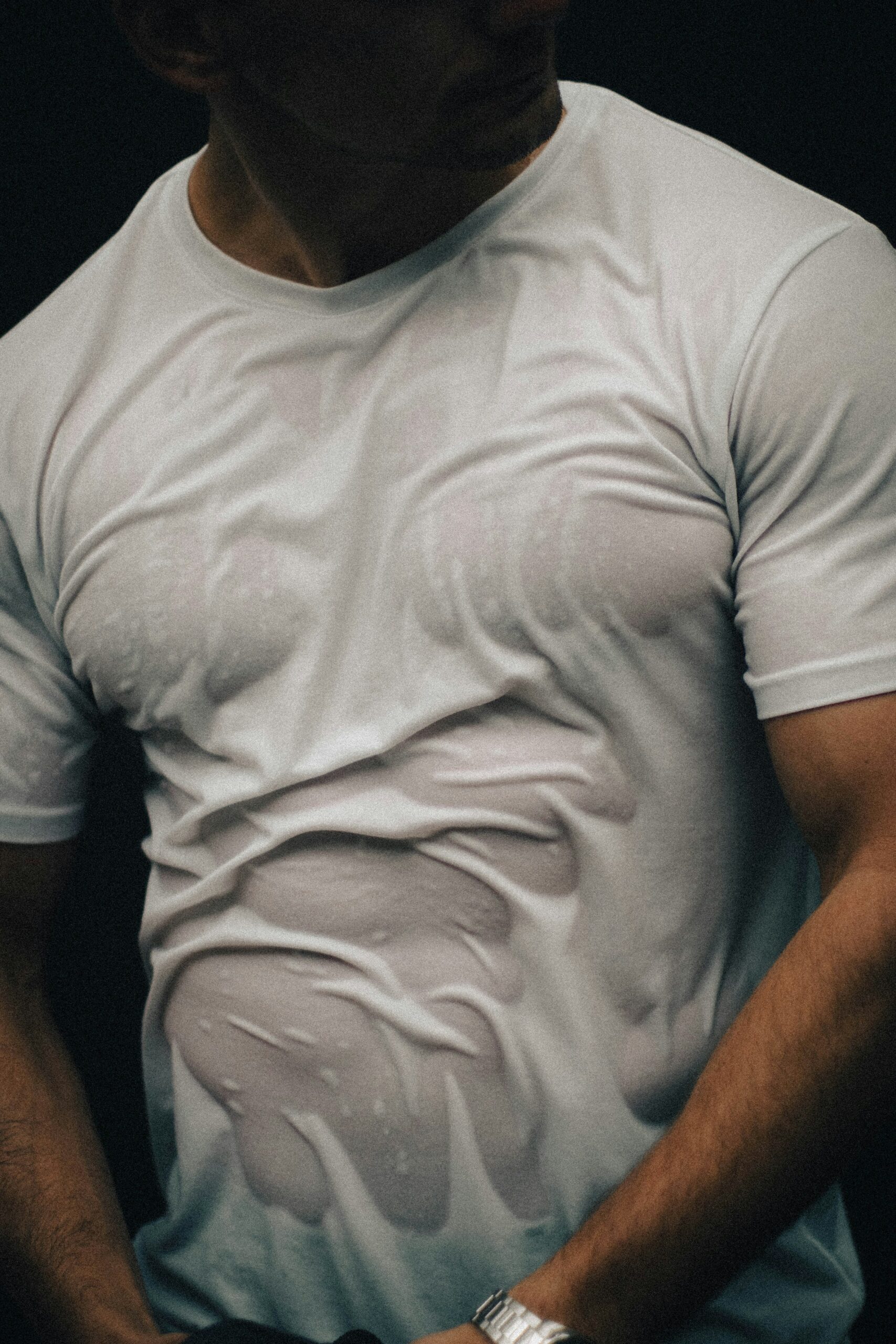
Helix piercings are now one of the most fashionable and valuable types of ear piercings. The helix piercing is a great way to show off your personality and style, whether you want an edgy ear stack or a subtle hint of sparkle.
This article will help you decide whether or not to have one by telling you all you need to know, from the many types and jewellery to how to heal and stay safe.
What Is a Helix Piercing?
A helix piercing is any piercing that goes through the upper cartilage of your ear. This area needs a little extra attention as it heals because the tissue is firmer than your earlobe. But if you know what you’re doing and take care of it, it can be a fun and controllable part of your style.
Popular Helix Piercing Styles
The best thing about a helix piercing is that it can be worn in several ways. Depending on your style, you can stick with the basic look or be inventive. Some of the most common types are:
1. Standard Helix
This is the most common type of helix piercing. It goes along the outside of the upper ear. You can wear it by itself or as part of a collection of earrings.
2. Double and Triple Helix
Putting two or three piercings on top of each other gives you a smooth, layered look. This is great for people who want to be more edgy without going too far.
3. Forward Helix
This piercing occurs in the inner upper cartilage, which is closer to your face. It has a more unusual placement and goes well with simple jewellery.
4. Orbital Helix
A single piece of jewelry, such as a hoop, connects two holes that are pretty close together. It’s interesting to look at and a little more advanced.
You can also stack helix piercings with other cartilage piercings, such as rook piercings. For more ideas on how to stack these piercings, check out our rook piercing guide.
Choosing the Right Jewelry
The kind of jewellery you wear might change how your piercing looks and how quickly it heals. Here are some choices that are popular:
- Studs: Easy and safe for first piercings, especially if they have flat backs that won’t bother your skin while you sleep.
- Hoops and Rings: Offer a more dramatic effect, but you should wait until your piercing has fully healed before wearing them.
- Captive Bead Rings: A common preference for cartilage piercings since they look good and keep your jewellery safe.
The size and material of the jewellery are essential. Choose metals that are less likely to cause allergies, including surgical steel, titanium, or solid gold. This will lower the chance of infection or irritation.
Pain Level and Healing Time
People often speculate how much a helix piercing hurts. Because cartilage is denser than the earlobe, you should expect a painful pinch and then pressure during the process. Most people say it hurts between 4 and 6 out of 10.
Depending on how you take care of yourself afterwards and how your body heals naturally, it can take anywhere from 3 to 9 months to heal. Some piercings may look healed on the outside but still be sore on the inside, so be patient.
Aftercare Tips for a Safe Healing Process
Your helix piercing experience might be great or terrible, depending on how you take care of it afterwards. To help your ear heal properly, do the following:
- Use saline solution or a cleaner that is appropriate for piercings to clean it twice a day. Don’t drink alcohol or use hydrogen peroxide, as these can dry out the skin.
- Avoid sleeping on the side that was pierced for at least a couple of weeks to keep the area from swelling and hurting.
- Don’t twist or touch your jewellery unless you have to. This can let bacteria in and delay down recovery.
- Be careful with hair products, headphones, and masks that could pull on or aggravate the region.
If you have redness, swelling, or discharge that lasts for a long time, you should see a professional piercer or doctor.
Common Myths About Helix Piercings
Let’s clear up a few things that people get wrong:
- “It will heal like a lobe piercing.” That’s not accurate; cartilage takes more time and needs more care.
- “You can shoot it through.” Don’t use a piercing pistol on cartilage. A hollow needle is more secure and more accurate.
- “It’s fine to switch jewellery after a few weeks.” Never change your jewellery until your piercing has completely healed.
Emotional Expression Through Piercing
Helix piercings can be pretty and valuable at the same time, and they can also reflect how you’ve evolved. A lot of people get body piercings to show who they are, take back their image, or celebrate how unique they are.
If you like body art for mental health reasons, you might understand how a piercing, like the septum can become a symbol of self-love and personal empowerment. Every piercing has a story to tell, and helix placements are no exception.
Final Thoughts
A helix piercing isn’t merely a trend; it’s a chance to make your look more unique. If you take care of your piercing and obtain competent help, it may look great and feel great.
The helix is still a popular choice for a good reason, whether you’re getting your first cartilage piercing or incorporating another one into your ear collection. Take your time to learn more, find a competent piercer, and enjoy body art as a method to express yourself.




